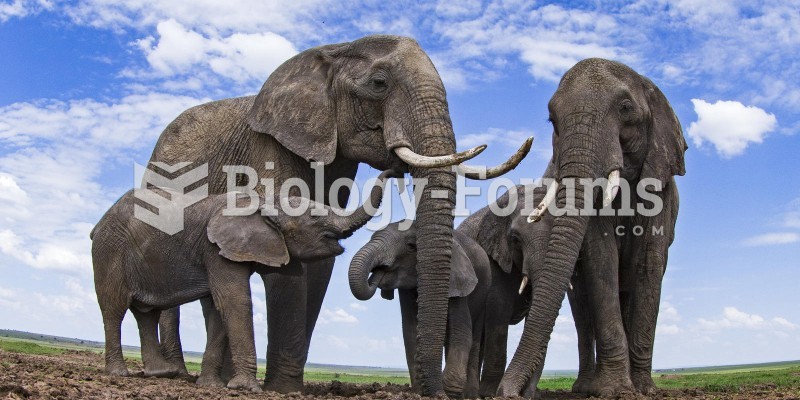Answer to Question 1
4
Explanation: 1. The leader may set up several independent work groups to examine an issue and then
reconvene to explore a variety of approaches to problem solving. Limiting participation to core
members of the problem-solving group is incorrect because one or more outside experts
within the organization who are not core members of the problem-solving group should be
invited to each meeting on a rotating basis to constructively challenge the views of the core
members. Having an administrator play devils advocate is incorrect because at least one core
member of the group should be assigned to every problem-solving meeting to attempt to find
fault with any argument that may be considered valid. Assigning the role of crucial evaluator
to a different member at each session is incorrect because the role of crucial evaluator should be
assigned to each member of the core group.
Answer to Question 2
2
Rationale 1: CQI is the actual process, not the philosophy, used to improve quality and performance.
Rationale 2: TQM is a management philosophy emphasizing a commitment to excellence throughout the organization. It is founded on four core concepts: client, organizational involvement, quantitative measurement of outcomes, and processes for improvement.
Rationale 3: The PDCA cycle is a scientific method used to build knowledge, make decisions, and improve quality outcomes within an organization. It is a process, not a philosophy.
Rationale 4: Six Sigma is a quality management program that uses measures, goals, and management involvement to monitor performance and ensure progress. It is a process, not a philosophy.
Global Rationale:







